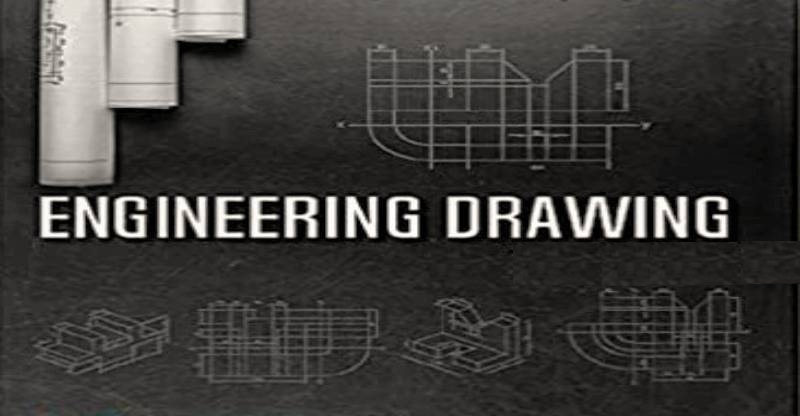INTRODUCTION AND ITS IMPORTANCE
Communication: It is the process of conveying feelings/ information from:
- One place to the other place or
- One person to the other person
- Communication is the main thing which separates the human beings from other living beings.

Language: It is the media of communication.

Limitations of sign language:
- Information/feelings cannot be conveyed effectively.
- Chances of misunderstanding the information / feelings.
- Both the communicator and the receiver to be present at the same place.
Limitations of graphical language:
- Information /feelings can be conveyed effectively but still there are chances for imagination (communication gap).
- Viewer may image anything in his mind due to the absence of written language.
Limitations of vocal language:
- Speaker and the listener should be aware of same language.
- Still there are chances of misunderstanding due to communication gap.
- Some languages (without alphabets) are existing on tongues only.
- Written language can also be misunderstood as each and every word gives more than one meaning.
Limitations of computer language:
- Used only by computer programmers.
- Cannot be used for general communication.
Conclusion:
Effective communication is possible when graphical language is supported by written language/vocal language and vice versa.
Engineering drawing is a language which uses both graphical language and written language for effective communication.
Examples:
- In FM radios jockeys use vocal language.
- News papers use graphical language + Written language.
- In television they use Graphical language (motion/still pictures) + written language + vocal language.
Engineering drawing is a graphical language which also uses written language for effective communication.
Engineering drawing – Its Importance and Types
Importance of Engineering Drawing:
The economical success of any country is mainly depended on its industrial development. Due to the globalization any industry of our country expected to be of global market standard. Due to the above said reason our Indian product required to be of very high quality with respect to size of dimension, fit, tolerance and finish etc.
To produce a best standard product all the technical personnel (Engineers to Craftsman) in an industry must have a sound knowledge in engineering drawing because engineering drawing is the language of engineers. Engineering drawing is a universal language. Different types of lines are its alphabets. Technical personnel in any industry including craftsmen are expected to communicate anything concerning a part or a component by drawings involving lines, symbols, convention and abbreviations etc. With our spoken languages it is impossible to express the details of a job or a product. Engineering drawing knowledge and practice are must for designing or producing a component or part. Even a small mistake in the drawing may reflect very badly in the product. Therefore reading and doing engineering drawing are very much essential for craftsmen and engineers.
One picture worth one thousand words
A drawing is a graphical representation of an object, or part of it, and is the result of creative thought by an engineer or technician. When one person sketches a rough map in giving direction to another, this is graphic communication. Graphic communication involves using visual materials to relate ideas. Drawings, photographs, slides, transparencies, and sketches are all forms of graphic communication. Any medium that uses a graphic image to aid in conveying a message, instructions, or an idea is involved in graphic communication.
One of the most widely used forms of graphic communication is the drawing. Technically, it can be defined as “a graphic representation of an idea, a concept or an entity which actually or potentially exists in life”
Drawing is one of the oldest forms of communicating, dating back even farther than verbal communication. The drawing itself is a way communicating necessary information about an abstract, such as an idea or concept or a graphic representation of some real entity, such as a machine part, house or tools.
There are two basic types of drawings: Artistic and Technical drawings.
Technical drawings:
Technical drawings allows efficient communication among engineers and can be kept as a record of the planning process. Since a picture is worth a thousand words, a technical drawing is a much more effective tool for engineers than a written plan. The technical drawing, on the other hand is not subtle, or abstract. It does not require an understanding of its creator, only on understanding of technical drawings. A technical drawing is a means of clearly and concisely communicating all of the information necessary to transform an idea or a concept in to reality. Therefore, a technical drawing often contains more than just a graphic representation of its subject. It also contains dimensions, notes and specifications.
Fields of use:
Technical drawing is the preferred method of drafting in all engineering fields, including, but not limited to, civil engineering, electrical engineering, mechanical engineering and architecture.
Purpose of studying engineering drawing:
- To develop the ability to produce simple engineering drawing and sketches based on current practice.
- To develop the skills to read manufacturing and construction drawings used in industry.
- To develop a working knowledge of the layout of plant and equipment.
- To develop skills in abstracting information from calculation sheets and schematic diagrams to produce working drawings for manufacturers, installers and fabricators.
Main types of Engineering drawing:
Regardless of branch of engineering the engineering drawing is used. However based on the major engineering branches, engineering drawing can be classified as follows:

Mechanical engineering drawings:
Some examples of mechanical engineering drawings are part and assembly drawings, riveted joints, welded joints, fabrication drawings, pneumatics and hydraulics drawings, pipeline diagrams, keys coupling drawings etc.

Electrical Engineering drawings:
Wiring diagrams of home and industries, circuit diagrams, electrical installation drawings etc.

Electronics Engineering drawings:
Circuit drawings, PCB tracks drawings etc.

Civil Engineering drawings:
Plan, front elevation of homes to be built, foundation drawings, etc.,

RELATED VIDEOS:
